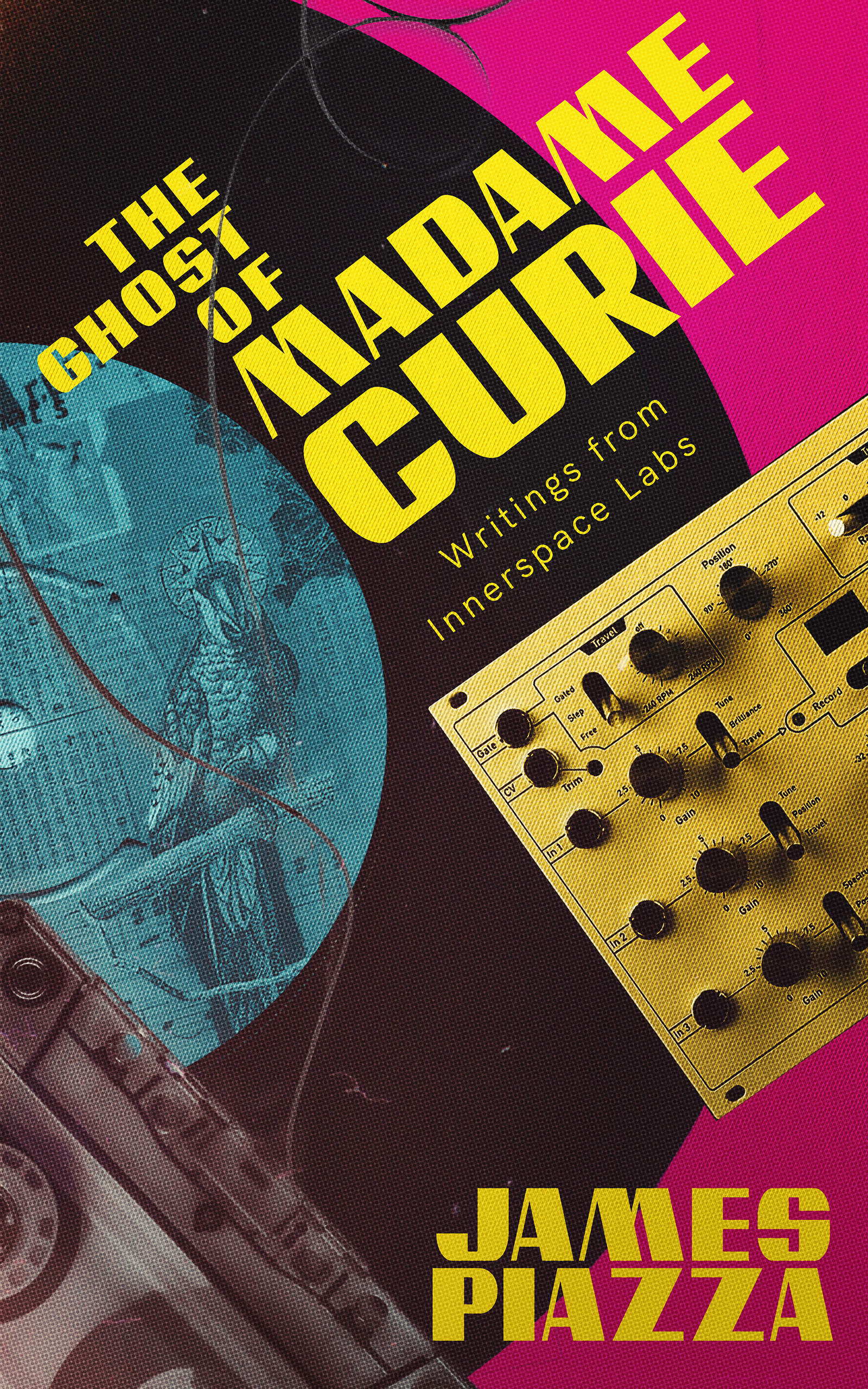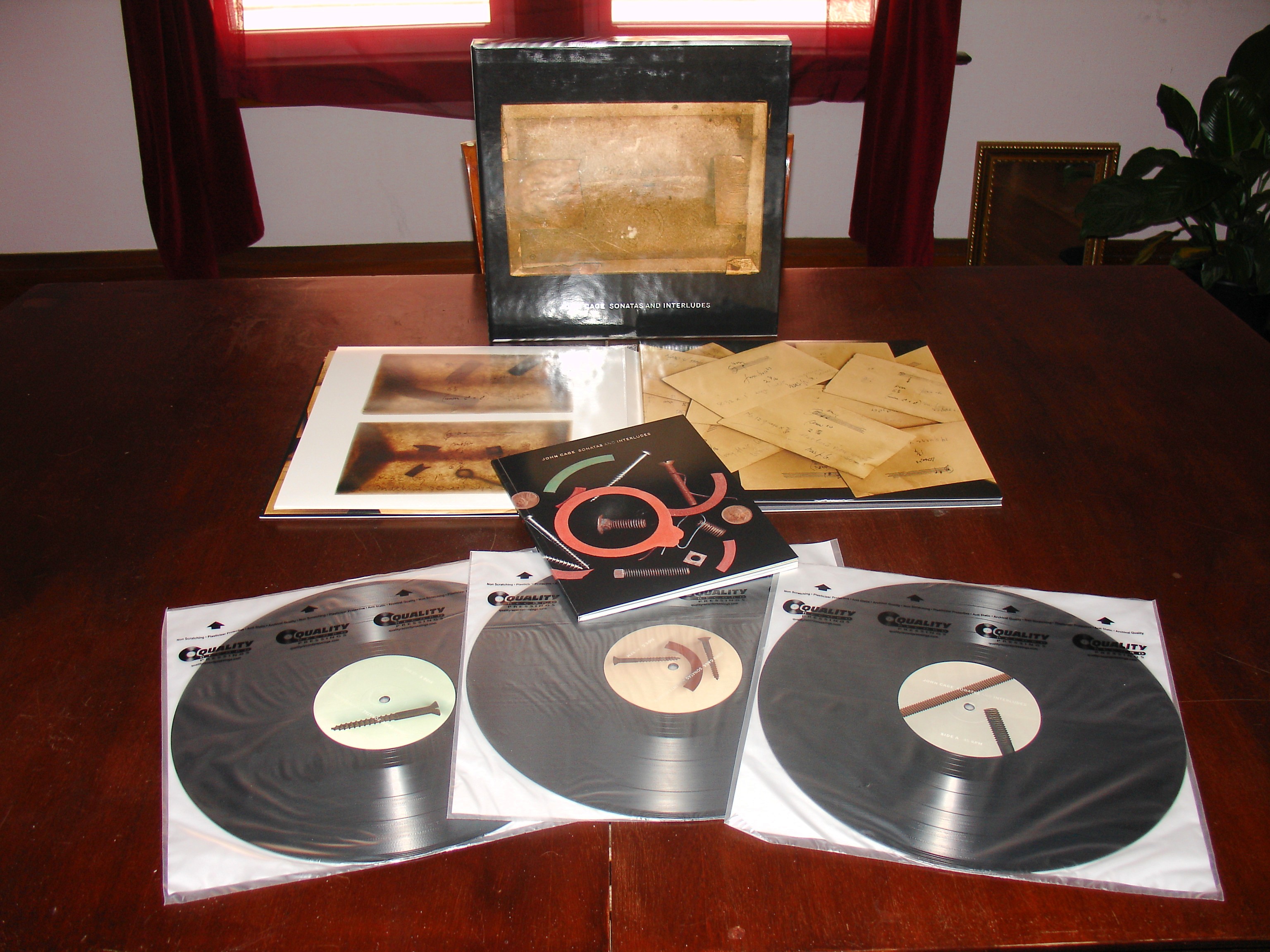January has been a busy month so far! 77 new albums were introduced to the library this month and I’m going to get right into them.
After neglecting a title which repeatedly surfaced on ambient charts over the years, I finally experienced Edward Artemiev’s 1972 score to Andrei Tarkovsky’s Russian masterpiece, [I]Solaris[/I]. Originally released in Japan in 1978, the album finally found an American issue in 2013 on the Superior Viaduct label. True to my usual form, I was difficult and went after the Russian 2013 issue on the Мирумир label, as it was the only edition to feature the dramatic Italian movie poster artwork on the album’s cover.

Eduard Artemyev – Solaris OST (1972)
The Solaris score is haunting arctic ambient music evocative of the loneliness and isolation of deep space. I now understand why the recording so persistently surfaces on lists of great ambient music.
Also pictured above is Ethan Hayden’s contribution to the 33 1/3 book series. I was lucky enough to witness Hayden’s performance of his electroacoustic vocal composition, “…ce dangereux supplément…” at the University at Buffalo, which you can hear for yourself by clicking the title of the piece. As an expert on linguistics, I can think of no better artist to write on the subject of Sigur Ros’ ( ) – an album whose vocals are in an entirely fictional language.
But on to my next avenue of exploration. After falling in love with the microtonal music of Harry Partch this winter, it seemed a fitting next step to begin to survey early music of the first century and beyond.
After about 30 minutes of research, I compiled quality collections of these musics.
Some quick research on classic choral music revealed several quality performances I quickly picked up:
- Monteverdi Choir – Bach’s Mass in B Minor
- Moscow Choral – Russian Orthodox Music (conductor Hiermonk Amvrosiy)
- BBC Symphony Orchestra – Mozart’s Requiem
- The Orthodox Singers – Basso Profondo From Old Russia
And from the legendary Tallis Scholars:
Russian Orthodox Music
- Missa si Bona Suscepimus
- Spem in Alium
- The Best of the Renaissance (2-disc set)
- The Complete English Anthems
- The Three Masses
- Victoria Requiem
- The Palestrina 400 Collection (4-volume set)
From there I delved deep into Early Music, and identified a label well-known for their works in this field. Harmonia Mundi has two box sets I knew I’d need:
[Harmonia Mundi] Sacred Music: From the Middle Ages to the 20th Century (30-volume set)

[Harmonia Mundi] Early Music From Ancient Times to the Renaissance (10-volume set)

I was also interested in sampling an assortment of Tuvinian Throat-Singing albums, so I picked up:
Deep in the Heart of Tuva (Mongol Strupsång)

Horekteer – Tuvan Throat Singing Virtuoso

Huun-Huur-Tu – The Orphan’s Lament

Shu-de – Voices from the Distant Steppe

Tuva- Voices From The Center Of Asia [Smithsonian Folkways]

Tuvinian Singers & Musicians – Chöömej – Throat Singing From the Center of Asia

…as well as a related selection – David Hykes’ Hearing Solar Winds – an album of harmonic choral overtone music.

If these 64 discs weren’t sufficient to begin my exploration of Early Music, I happened upon some fantastic vinyl box sets of Gregorian, madrigal, and music of the Middle Ages.
Delightfully, the first two I came across bore the Harmonia Mundi logo of the digital albums I’d found online. It will be wonderful to hear several selections from the label both in lossless FLAC and in their original vinyl formats.


The next two set I found were collections from the Musical Heritage Society (MHS), an American mail-order record label founded in 1962 . Each set included lyrics in both Latin and in English. These sets were issued in 1974-5 on LP and on 4 cassettes.




I found one final set in today’s travels – The Everest label’s Treasury of Gregorian Chants – a 4LP box set from 1967.

Featuring the Trappist Monks’ Choir of Cistercian Abbey, Monks of the Benedictine Abbey. and Bennedictine Monks of the Wanderille de Fontenelle Monastery, the release was the winner of the French Grand Prix du Disc – a prize later awarded to Jean-Michel Jarre for his classic Oxygène LP.

And best of all – all of these collections were in clean, like-new condition with no visible wear from play or handling. And where else can you find all this beautiful music for $11 cash?
I’m looking forward to months of enlightening listening experiences.




















